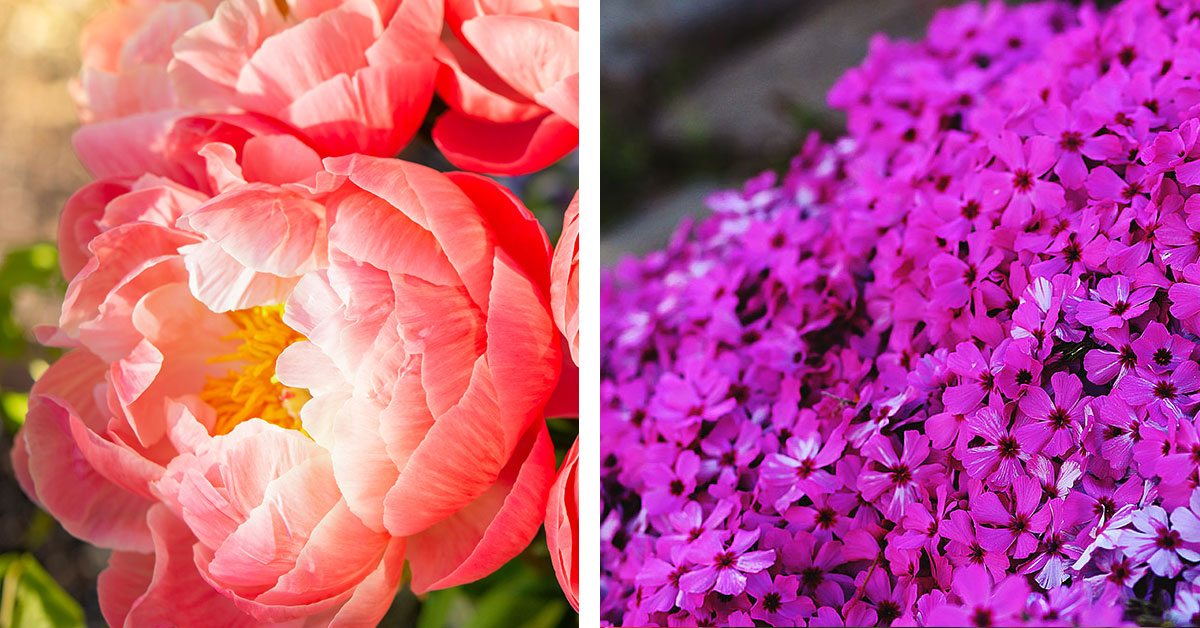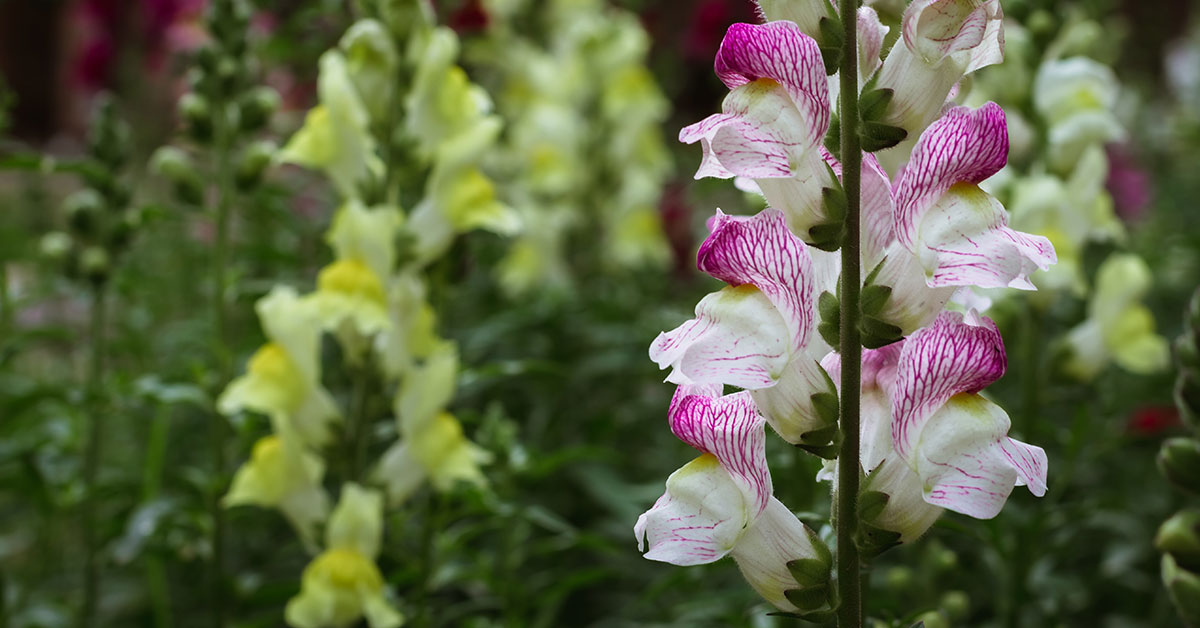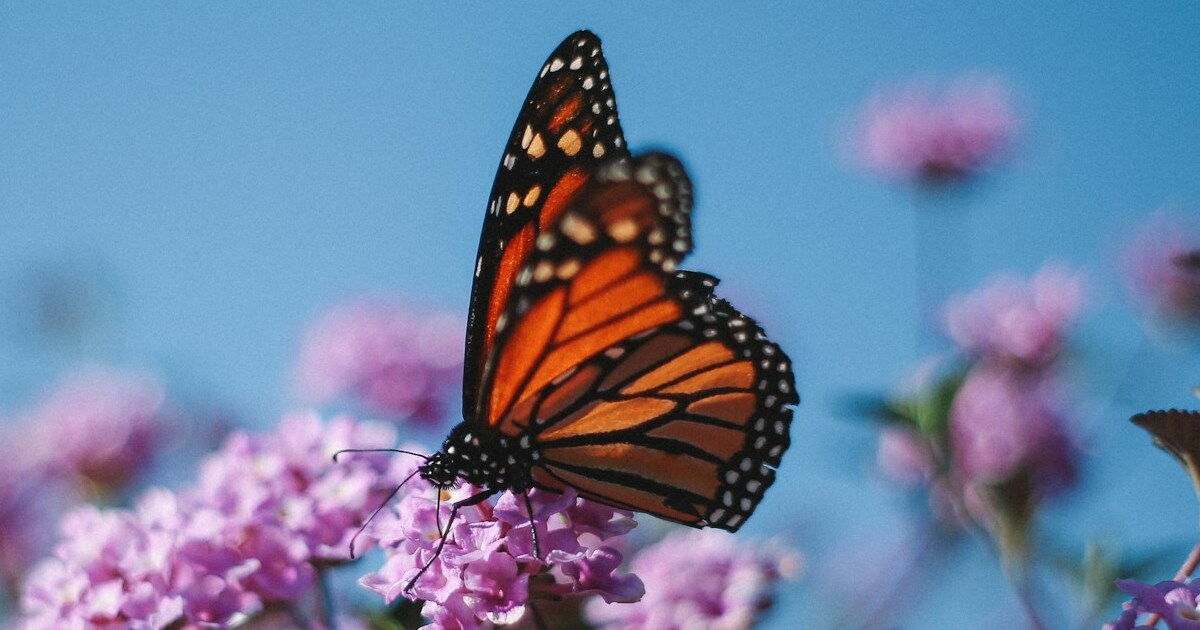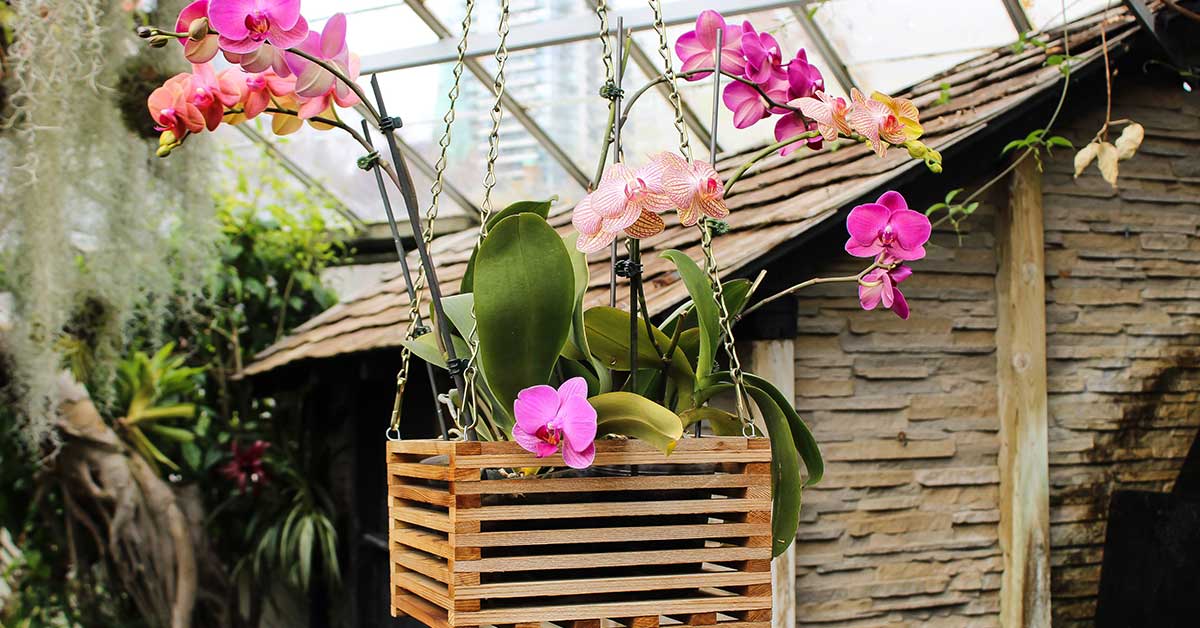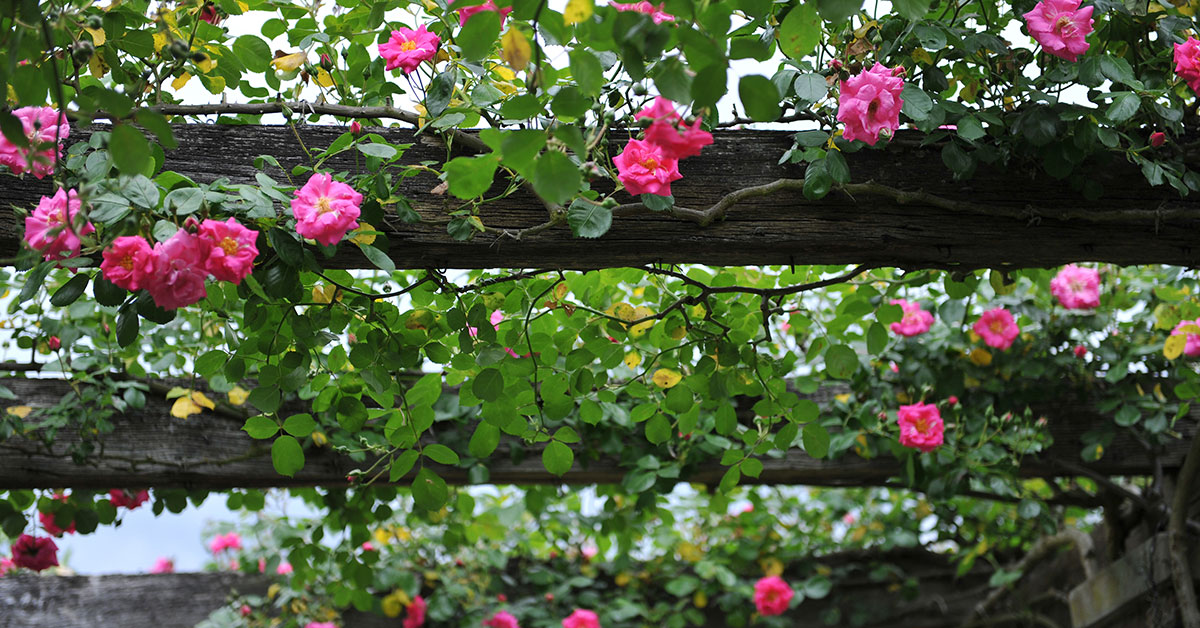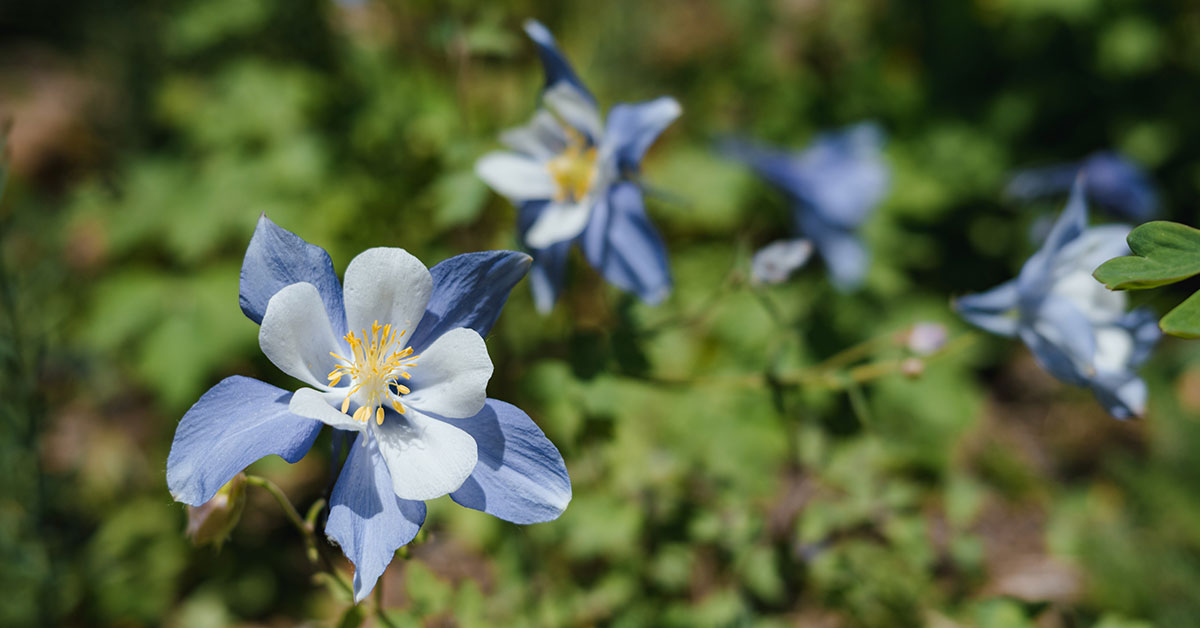Flowers have long been regarded as nature’s most captivating and expressive creations. Beyond their aesthetic beauty, these blossoms possess a language of their own, communicating messages and emotions through their colors. Whether it’s a vibrant red rose expressing love or a serene blue hydrangea evoking tranquility, flower colors hold deep symbolic meanings that resonate with us on a profound level.
Throughout history, cultures around the globe have attributed specific meanings to different flower colors, resulting in a fascinating tapestry of symbolism. These associations have influenced various aspects of human life, including celebrations, rituals, and even the language of love. By understanding the symbolism behind flower colors, we gain a deeper appreciation for the subtle ways in which nature communicates and touches our lives.
Join us as we delve into the vibrant palette of nature’s blooms, uncovering the stories and symbolism behind each hue. From the delicate purity of white to the passionate intensity of red, we will explore the hidden language within petals, unveiling the intricate meanings that lie beneath the surface.
Flower color symbolism and meaning
In this section, we embark on a captivating exploration of various flower colors and their symbolic significance. From the passionate reds to the tranquil blues, from the pure whites to the vibrant oranges, we will delve into the rich tapestry of floral language, uncovering the hidden stories and emotions associated with each shade.
As we journey through this kaleidoscope of colors, we discover that the language of petals transcends cultural boundaries, echoing throughout history and touching the human experience in profound ways. Whether it’s the red roses of love and desire, the white lilies of purity and innocence, or the yellow sunflowers of joy and friendship, flower colors have the power to evoke deep emotions and create meaningful connections.
- Red: Red flowers symbolize love, passion, desire, and courage. Examples of red flowers include red roses, which are often associated with romantic love, red tulips, and red carnations.
- Pink: Pink flowers symbolize love, affection, grace, and gentleness. Pink roses are commonly associated with admiration and gratitude, while pink lilies and pink peonies represent femininity and beauty.
- White: White flowers symbolize purity, innocence, spirituality, and new beginnings. White lilies are often used in weddings and funerals to represent purity, while white daisies and white orchids evoke a sense of elegance and tranquility.
- Yellow: Yellow flowers symbolize friendship, joy, happiness, and new beginnings. Sunflowers, with their bright and cheerful demeanor, are often associated with loyalty and longevity. Yellow roses and yellow daffodils also convey warmth and positive energy.
- Orange: Orange flowers symbolize enthusiasm, energy, creativity, and warmth. Orange gerberas are vibrant and exude a sense of happiness, while orange marigolds and orange tulips add a lively touch to any floral arrangement.
- Purple: Purple flowers symbolize royalty, luxury, dignity, and admiration. Purple irises are known for their regal beauty, while purple orchids convey a sense of elegance and refinement. Lavender flowers, with their delicate hue, evoke a sense of grace and femininity.
- Blue: Blue flowers symbolize serenity, calmness, tranquility, and harmony. Blue delphiniums and blue hydrangeas are often used to create a peaceful and soothing atmosphere, while blue irises represent wisdom and hope.
- Green: Green flowers symbolize renewal, fertility, growth, and harmony with nature. Green chrysanthemums are associated with rebirth and rejuvenation, while green roses and green spider mums bring a fresh and vibrant touch to floral arrangements.
- Lavender: Lavender flowers symbolize grace, elegance, refinement, and femininity. Lavender roses are often used to convey enchantment and love at first sight, while lavender tulips and lavender hydrangeas add a touch of elegance to any setting.
- Peach: Peach flowers symbolize gratitude, sincerity, appreciation, and modesty. Peach roses are often used to express gratitude and appreciation, while peach dahlias and peach carnations convey a sense of modest beauty.
- Magenta: Magenta flowers symbolize confidence, harmony, strong emotions, and individuality. Magenta dahlias, with their bold and vibrant color, represent a strong sense of self, while magenta orchids and magenta zinnias add a touch of uniqueness to floral displays.
- Black: Black flowers symbolize mystery, power, elegance, and rebirth. Black roses, although rare, represent the mysterious and the unknown. Black calla lilies and black pansies, with their dark allure, add an element of drama and sophistication to any arrangement.
A personal meaning
Each flower color has long-held traditional and universally recognized meanings, there is also a beautiful aspect to their symbolism that allows for personal interpretation and significance. Beyond the classic associations, flower colors can hold profound and intimate meanings that resonate with our individual experiences, emotions, and memories. In this section, we celebrate the power of personalization and invite you to explore how flower colors can embody something unique and special to you.
Flowers have a remarkable ability to touch our hearts and evoke a wide range of emotions. They serve as a canvas upon which we can project our own narratives, creating personal connections that transcend the conventional symbolism. Each person’s life journey is unique, and the meanings we attach to flower colors can be deeply personal and reflective of our individual stories.
Perhaps a pink rose reminds you not only of love but also of the unwavering support of a dear friend during a challenging time. Maybe a yellow daffodil signifies not only joy and new beginnings but also the resilience and strength you discovered in the face of adversity. The beauty of personalizing flower color symbolism lies in the freedom to assign your own unique meanings based on the memories, emotions, and associations that hold significance for you.
While traditional meanings can provide a foundation for understanding the symbolic language of flowers, it is equally empowering to infuse these hues with personal interpretations. Flowers become more than just objects of admiration; they become vessels for our deepest sentiments, sources of solace, and reminders of cherished moments.
In this section, we celebrate the notion that flowers can have a multifaceted symbolism, embracing both the classic meanings passed down through generations and the deeply personal significance they hold for each of us. Let us embark on a journey of exploration, where we invite you to reflect on the flower colors that resonate with you on a profound level. Discover the narratives that unfold when the universal language of blooms intertwines with the intimate threads of your own experiences, and revel in the magic of personalized flower color symbolism.


